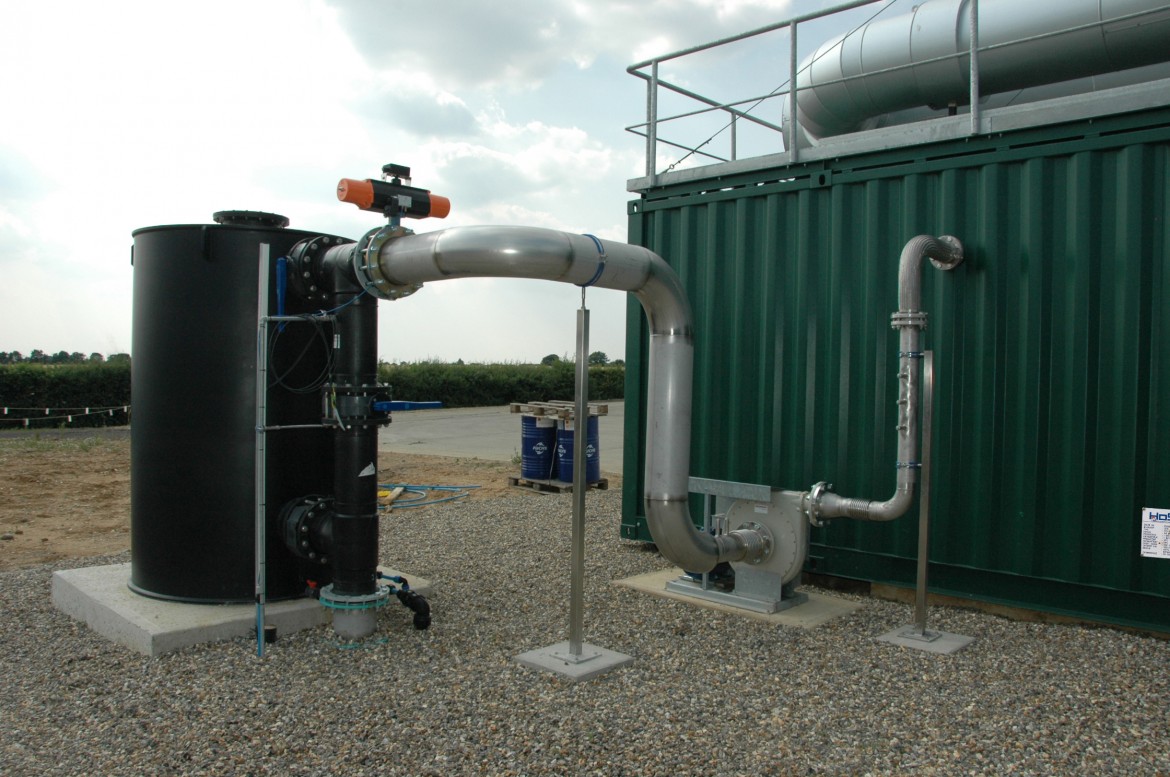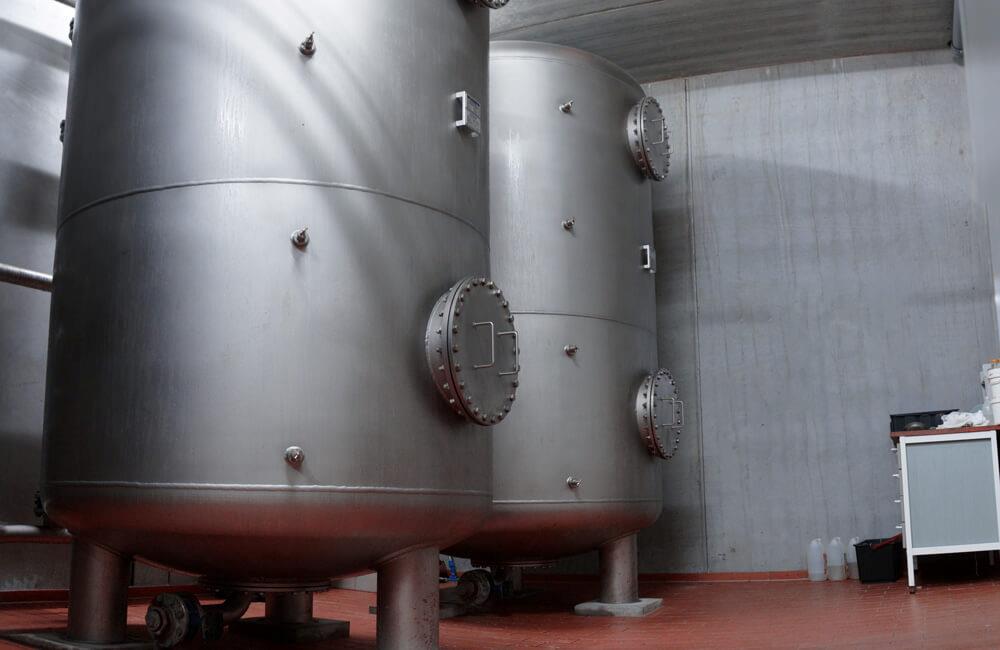Carbon filters are often used to remove organic contaminants and free chlorine from water, which can be discharged or used in industrial operations. For example, trihalomethanes are prevented from developing by eliminating organics in drinkable water, such as humic and fulvic acid, from interacting with chlorine in the water.
Any water treatment process, including activated carbon (AC) filtration, will not eliminate all pollutants. Activated carbon filters cannot soften water for salt, bacteria, fluoride, and nitrates. Lead can only be eliminated using a special type of activated carbon water treatment, commonly used in point-of-use filters in residential homes.
What are Carbon Filters?
An activated carbon filtration system removes organic contaminants and odor-causing impurities from water. Historically, the Egyptians were the first to recognize carbon’s detoxifying properties. Removing pollutants from the water makes food and drinks taste and smell better by application of carbon.
How Do Carbon Filters Work?
Chlorine Removal
Chlorine can be removed using activated carbon, which degrades or damages very little. However, dechlorination is a fast process, requiring high flow rates. Organics in water will gradually fill up and clog the carbon pores, requiring a large amount of surface area for this process to work.
As its capacity to dechlorinate water diminishes, replacing the activated carbon filter will be necessary. A benefit of using activated carbon is its cheap running costs and “fail-safe” functioning.
It is a drawback that the activated carbon’s humidity is suitable for the development and multiplication of bacteria since chlorine is eliminated from the top layer of the medium. As a result, bacteria might become an issue as a pretreatment to reverse osmosis in medical applications.
Organic Particles Removal
Activated carbon filters trap organic and inorganic particles and chemicals through the process of “adsorption” when water flows through them. Five essential elements influence the adsorption process. Which are:
- Activated carbon’s physical characteristics.
- The carbon source’s chemical composition.
- The contaminant’s chemical composition and concentration.
- Temperature and pH of the water.
- Duration of water contact with activated carbon filtration.
How does GAC Work?
Activated carbon granules are used in granular activated carbon filters to keep the activated carbon in the filter. Carbon has a high porosity with a greater surface area, allowing water to pass through.
Pollutants entering the water can be adsorbed using carbon’s surface area. The carbon can close contact with the water, allowing for contamination removal. Carbon block filters are comparable in this regard.
Both the granules’ loose dispersion and the bigger size of the granules contribute to the disparity. The granules might move, resulting in channeling because of its loose dispersion. As the water flows in, the granules start to flow out.
That might ultimately lead to water-flowing channels with negligible resistance. A less efficient filtering process results from less water exposure to the carbon.
It continues as particle size increases, so do the pores between the particles. Granular activated carbon has bigger pores; hence the sieve effect is less. Carbon granules are less dense, allowing more particles to pass through, increasing the danger of contamination.
“Taste-and-odor” filters are often made of activated carbon, which removes particles, tastes, and smells but is not as effective at eliminating more hazardous pollutants.
How does the Carbon Block Filter Work?
Water is filtered using a carbon block filter in three stages.
Mechanical Filtration
Water is pumped through the carbon block during this step—the carbon block’s porosity filters out smaller impurities to 0.5 microns. The size of the holes influences the size of the contaminants that are filtered out in this procedure, like a sieve.
Physical Adsorption
In step one, impurities are removed using a “sieve” technique, although activated carbon draws pollutants on its own. This is because activated carbon has a wide surface area that allows dissolved contaminants to build up. Meanwhile, the binders that hold the carbon granules together are engineered to clean the surface of the carbon. However, it might continue to adsorb because the surface collects particles.
Electrokinetic Adsorption
Some carbon block filters include an outer membrane that enables water to flow through. A net positive charge is created in the wrap, attracting negative ions. It has an advantage in filtering water contaminated with certain pollutants.
As a result, water passing through a densely compacted carbon block comes into prolonged contact with a vast surface area of activated carbon.
The activated carbon in the carbon block attracts contaminating particles in the water stream, either by Van der Waals forces or chemical interactions with the carbon block.
Residual contaminants that the carbon block pores have not electrokinetically or mechanically trapped are eventually adsorbed to the surface of the filter medium. Pesticides, herbicides, and several heavy metals are among the pollutants.
Why Does Activated Carbon Matter?
Depending on where you live, the water quality might vary considerably. To see the EPA’s water quality requirements, customers can also look them up by the state. Certain states can encounter problems with saltwater or polluted groundwater due to natural factors needing more advanced filtering techniques. This is because water sources differ throughout the state. Activated carbon filters are used as a last quality control measure.
Are Carbon Water Filters Safe?
Carbon water filters are safe, particularly if a third party has given them a material safety rating. CTO (chlorine, taste, and odor) is removed by all carbon filters.
Submicron carbon blocks remove pollutants like lead or microns. Particles smaller than 0.1 cysts can be removed using activated carbon block filters with sub-micron ratings. Mechanical filters keep undesired elements out of the water. Cysts cannot pass through carbon block filters with pores smaller than one micron.
Conclusion
One of the most effective and extensively used methods of water purification makes use of activated carbon filtration. It addresses several water quality concerns. Unless you use other technologies for filtering, all beneficial minerals stay intact. Our water sources are becoming more polluted due to industrialization. And because of this, purifying the drinking water is an essential part of ensuring a healthy home environment. Best of Luck!




















